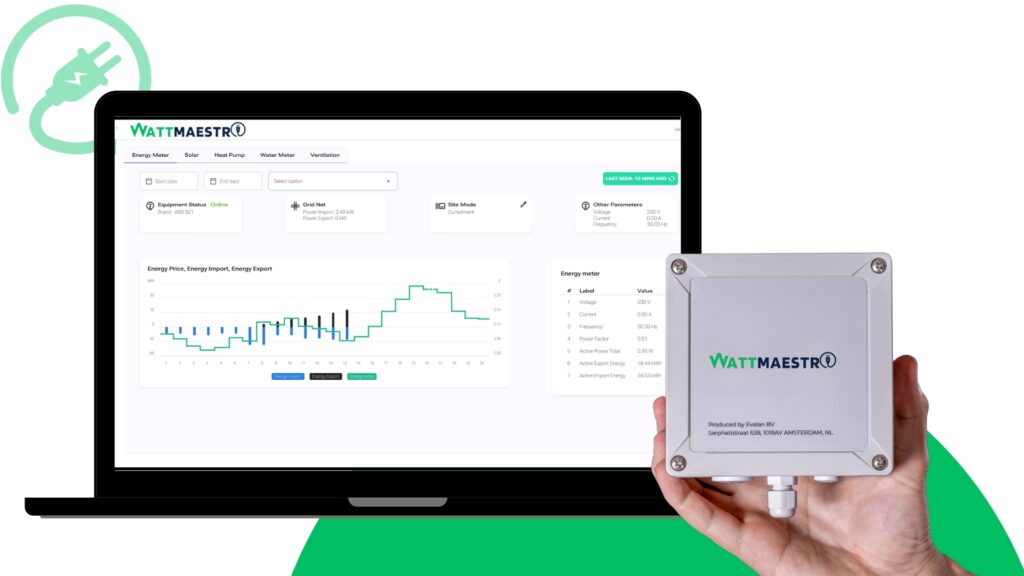Tips on picking an EMS
When pairing solar panels, batteries and charging points, it is important to make the right choices.
How do you make sure you offer solutions that will continue to work for your customers in the future?
As a solar panel and battery installer, you often receive enquiries from both small and large companies. They need solutions to problems such as:
- Fines for energy feed-in
- Contract limits with energy suppliers
- Restrictions on energy feed-in
- Meeting energy saving obligations
- Preventing high costs for a heavier connection when expanding operations
How to make a good choice?
The right Energy Management System can help with these challenges, but there are important differences between available systems. Mistakes are often made when choosing a system that is not future-proof. Here are some common mistakes and tips to avoid them:
- Choose a brand-independent EMS: Make sure the system is suitable for solar panels, batteries and other future energy devices. Factory solutions are often too limited and do not always provide the necessary access to data via the cloud. As an installer, make sure you remain flexible and scalable for your end customers.
- Optimisation of dynamic energy pricing and battery management: A good EMS should handle dynamic energy prices smartly and manage batteries efficiently without shortening their lifetime. This requires sophisticated software that takes into account, for example, charging thresholds and charging cycles.
- Ensuring security and cybersecurity: The system must be secure, both now and in the future. Avoid systems operating over a local network, as these are vulnerable to security risks. Opt for solutions with 'over-the-air' updates (OTA) and cloud security. Dependence on foreign suppliers (outside the EU) can be a risk due to political uncertainty and strict data privacy regulations.
- Flexibility with APIs: Make sure your customers can easily add new functionalities in the future, for example to integrate weather forecasts or temperature measurements. A closed system from one manufacturer can make this difficult or impossible. Therefore, opt for an Internet of Things (IoT) solution that can easily link new APIs, via a secure internet connection
- Pay attention to local regulations: Factory solutions are often not aligned with local legislation and energy markets. This can lead to difficulties in meeting network requirements. In practice, this also often means functionalities and optimisation limitations. Therefore, choose an EMS that is specifically tailored to local laws and regulations, can interface with local energy markets and is flexible enough to grow with new requirements.
Avoiding these mistakes will keep you flexible and ensure satisfied customers.
Also note these points
In addition, EMS systems should also support:
- Curtailment: Temporarily reduce energy production or consumption to meet network requirements or save costs.
- Load balancing: Distribute energy consumption across different devices to avoid peak load and improve efficiency.
- Load shifting: Shifting energy consumption to times when energy costs are lower to save costs.
- Imbalance market: Giving your energy company access to control certain energy devices to minimise your costs.
Need advice?
Have questions about EMS systems or want to know if they are compatible with your equipment? Then visit www.wattmaestro.com or make an appointment via: https://wattmaestro.com/nl/adviesgesprek/



